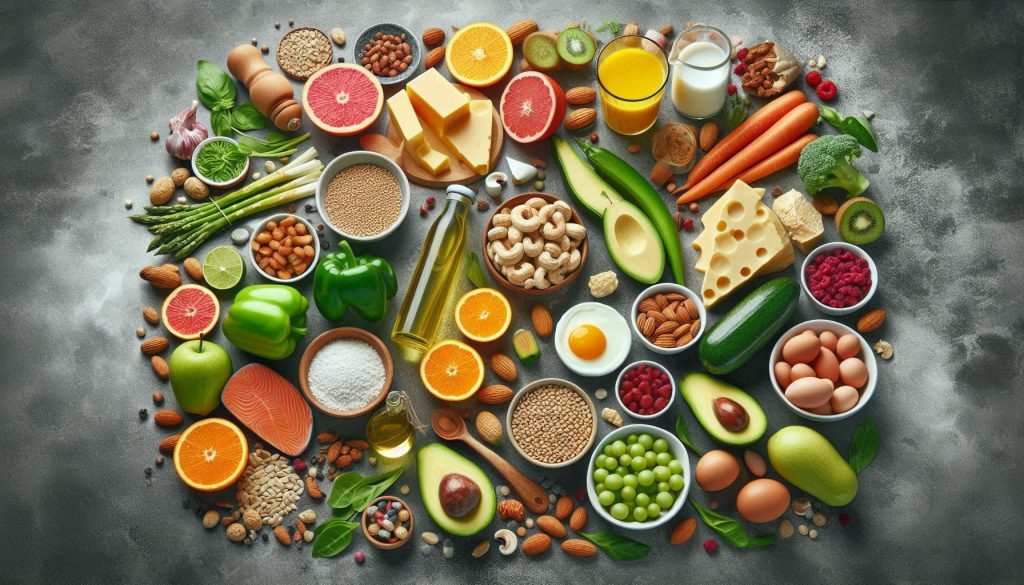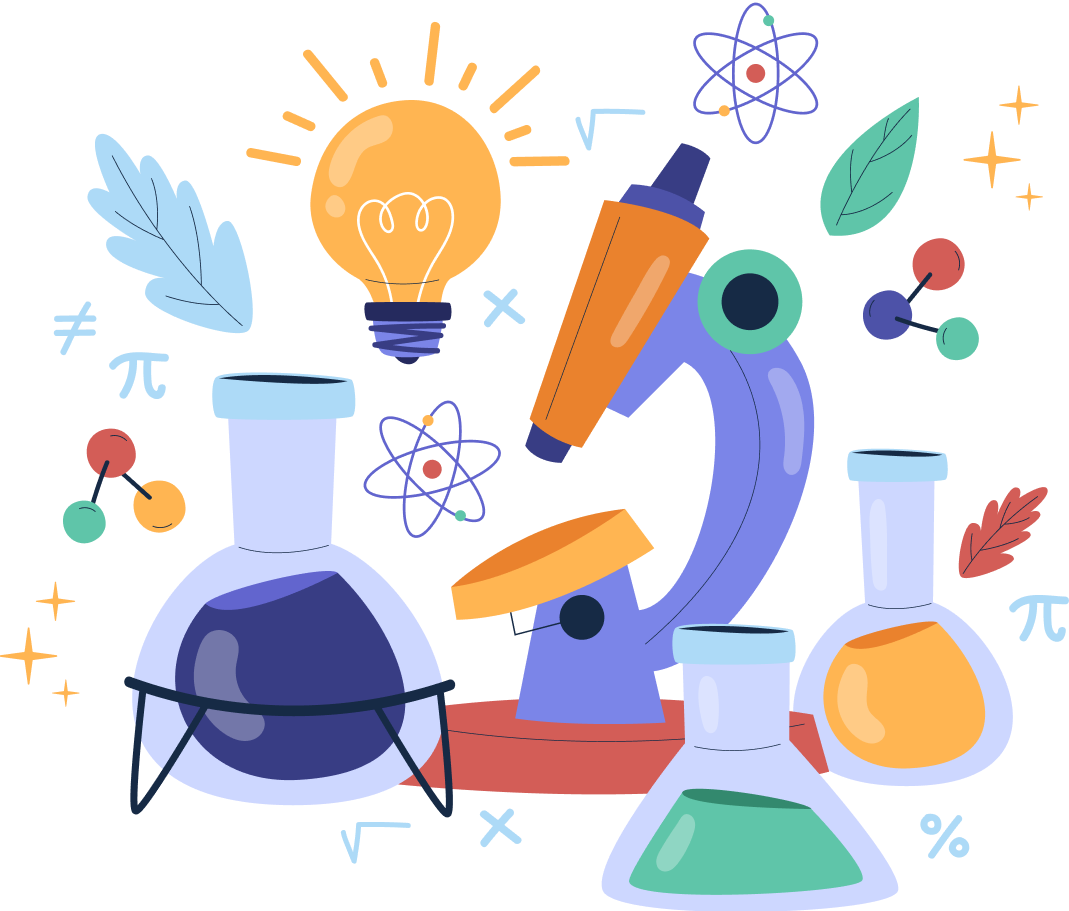Reaching the Age of Adolescence – Complete Guide For Class 8 Science Chapter 7
Welcome to iPrep, your Learning Super App Our learning resources for the chapter, Reaching the Age of Adolescence Class 8th chapter 8 are designed to ensure that you grasp this concept with clarity and perfection. Whether you’re studying for an upcoming exam or strengthening your concepts, our engaging animated videos, practice questions and notes offer you the best of integrated learning with interesting explanations and examples.
The chapter on Reaching the Age of Adolescence in Class 8 Science highlights adolescence as a significant developmental phase characterized by the transition from childhood to adulthood. This period, typically occurring between ages 11 and 19, involves profound physical, emotional, and hormonal changes as individuals attain reproductive maturity. Key transformations include increased height, changes in body shape, and the development of secondary sexual characteristics, all driven by hormonal shifts. Understanding these changes helps in navigating the complexities of growing up and preparing for adulthood.
Reaching the Age of Adolescence: A Comprehensive Overview
Adolescence marks a pivotal stage in human development, bridging childhood and adulthood. This period, typically spanning from ages 11 to 18 or 19, is characterized by profound physical, emotional, and psychological changes. Understanding these transformations provides insight into the journey of growing up and becoming an adult.
Adolescence and Puberty

Adolescence is the transitional phase when individuals mature sexually and gain the ability to reproduce. Puberty, a key aspect of adolescence, initiates these changes. In girls, puberty often begins earlier than in boys, marking the onset of reproductive capability. This period varies from person to person, but it is universally defined by significant biological changes.
Changes at Puberty
Adolescence is a crucial period of transition from childhood to adulthood, marked by numerous changes at puberty. During this time, the body undergoes significant physical transformations, such as –
- Increase in Height: Rapid growth in long bones leads to a noticeable increase in height. Girls typically grow faster initially, but by age 18, both genders reach their maximum height. Proper nutrition plays a crucial role in supporting this growth.
- Change in Body Shape: Boys experience broadening shoulders and more prominent muscles, while girls see a widening of the hips.
- Voice Change: Boys develop a deeper voice as the larynx enlarges, evident as the Adam’s apple. Girls’ voices generally remain higher-pitched.
- Sweat and Sebaceous Glands Activity: Increased activity of these glands can lead to acne and other skin changes.
- Development of Sex Organs: Boys’ testes and penis mature, and sperm production begins. Girls’ ovaries enlarge, and eggs mature, leading to menstrual cycles.
- Mental and Emotional Maturity: Adolescents develop greater independence and self-awareness, with increased learning capacity. It is common to feel insecure during these changes, but these feelings are a normal part of growing up.
Secondary Sexual Characteristics
Adolescence is a transformative stage in life where individuals undergo significant physical and emotional changes, including the development of secondary sexual characteristics. These features differentiate males from females. For instance, boys develop facial hair and a deeper voice, while girls develop breasts and wider hips. These changes are driven by sex hormones—testosterone in males and estrogen in females secreted by the pituitary gland and affecting various body parts.
Reproductive Phase of Life
Adolescence is a pivotal stage in human development, marking the beginning of puberty and continues until around age 45-50 for females. During this phase, females experience menstruation—a monthly cycle where the uterus prepares for a potential pregnancy. If fertilization does not occur, the uterine lining is shed, marking menstruation. Menarche signals the beginning of menstruation, while menopause signifies its end.
Hormonal Influence
Hormones play a crucial role in initiating and regulating reproductive functions during adolescence. The pituitary gland releases hormones that stimulate the testes and ovaries to produce sex hormones, which drive the changes seen during puberty.

Sex Determination
During adolescence, individuals often become curious about various aspects of their development, including sex determination. The sex of a baby is determined by the chromosomes in the fertilized egg. Females have two X chromosomes, while males have one X and one Y chromosome. The combination of these chromosomes during fertilization dictates the sex of the child.
Other Hormones
Beyond sex hormones, other endocrine glands such as the thyroid, pancreas, and adrenal glands secrete hormones essential for growth and health. For instance, thyroid hormones regulate metabolism, while insulin from the pancreas controls blood sugar levels.

Nutritional Needs and Hygiene
Adolescents require a balanced diet rich in cereals, proteins, fats, and vitamins to support their rapid growth. Personal hygiene is also important to manage the increased sweat and avoid infections, especially during menstruation.

Caution Against Drugs
Adolescents should be aware of the dangers of drug use. Drugs can be addictive and harmful, potentially leading to serious health issues such as AIDS, which can be transmitted through shared syringes or unprotected sexual contact.
This comprehensive guide on understanding aspects of adolescence helps in navigating this transformative period with greater awareness and preparedness. By recognizing the importance of hormonal shifts and their impact on growth and mood, adolescents can better anticipate and cope with the challenges they may face. Additionally, this topic emphasizes the significance of adopting healthy lifestyle choices and maintaining open communication, fostering a supportive environment for adolescents as they explore their identities and establish their roles in society.
Practice questions on Chapter 7 - Reaching the Age Of Adolescence
Get your free Chapter 7 - Reaching the Age Of Adolescence practice quiz of 20+ questions & detailed solutions
Practice Now








